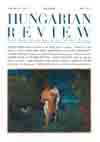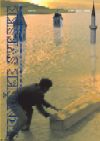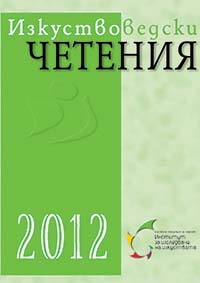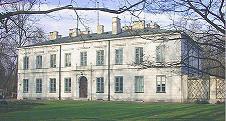Author(s): Aija Brasliņa / Language(s): Latvian
Issue: 10/2008
Research of this seemingly marginal topic in Latvian art history has revealed new information that significantly enriches the knowledge of local modernists’ international contacts. Relations with Futurism have not been examined as a distinct theme before with only a few testimonies found during the fragmentary research on the late 1910s. But some moments of real contact emerge in the later period of the 1920s with the so-called episode of the Berlin Futurists and Niklāvs Strunke’s (1894–1966) activities in Italy. These are outstanding pages in the history of Latvian modernism characterised by the artists’ direct contacts, participation in the art life of Germany and Italy, creative impulses, concrete artworks and publications. In the manifesto of 1924 Le futurisme mondial. Manifeste à Paris, Filippo Tommaso Marinetti also included the Latvian artists who belonged to the Berlin Futurists group (Ivan Puni, Ksenia Boguslavskaya, Rudolf Belling, etc.), such as Kārlis Zāle (1888-1942), Arnolds Dzirkals (1896-1944?), Romans Suta (1896-1944), Aleksandra Beļcova (1892-1981) and Niklāvs Strunke. In his Berlin period (1921-1923), sculptor Kārlis Zāle joined the international circle of the avant-garde, establishing contacts with the Der Sturm gallery, Novembergruppe, Russian émigré intellectuals and Ivan Puni as well as the Italian futurists Enrico Prampolini, leader of the futurist movement in Berlin, and Ruggiero Vasari, publisher of the journal Der Futurismus, whose private gallery, arranged in casa d’arte style, showed works by the above-mentioned Latvian modernists. Niklāvs Strunke in his Italian period (1923-1927) was the only Latvian modernist who made contacts with futurists on their own soil, becoming involved with Marinetti and representatives of secondo futurismo in Rome, particularly with Anton Giulio Bragaglia’s Casa d’Arte Bragaglia circle and his experimental theatre Teatro degli Indipendenti. Strunke published in the futurist journal Noi etc., lived and worked on the island of Capri, a location favoured by Futurists. To date no precise information has been found as to which of the futurist manifestos were signed by Latvian artists.
The accumulated information on contacts with secondo futurismo, embracing both facts of art life and the practice of local modernists enriches the history of Latvian modernism and illustrates the general tendency of the internationalisation of the avant-garde in Europe. Research of this topic shows that there is yet much work to be done and interpretation is not complete.
More...





